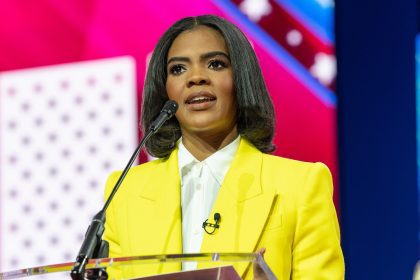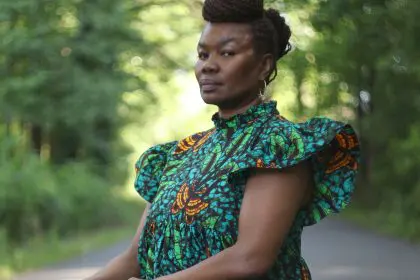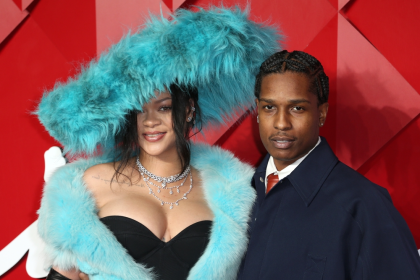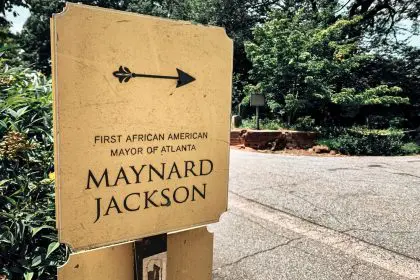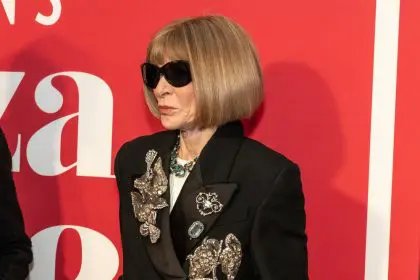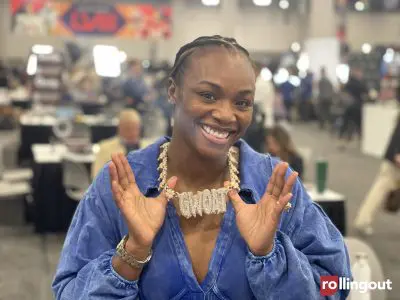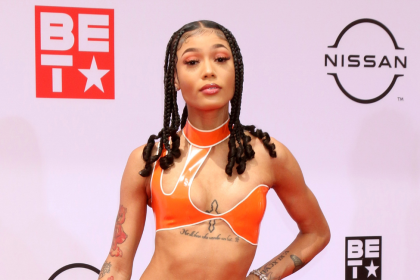Piercings aren’t just about looking cool anymore – they’re a full-blown cultural revolution of self-expression. Millennials are transforming body modification from a rebellious act into a deeply meaningful form of personal storytelling.
1. Breaking Traditional Professional Barriers
Remember when visible piercings were considered career suicide? Millennials are completely rewriting those outdated workplace rules. Today’s professional landscape is increasingly embracing individual expression, and they are leading that charge.
Corporate cultures are slowly recognizing that talent isn’t determined by ear studs or nose rings. This generation is proving that professional competence and personal style can absolutely coexist. They’re challenging centuries-old workplace aesthetic norms and winning.
2. Mental Health and Personal Healing
Piercings have become an unexpected form of emotional and psychological healing for many millennials. The physical act of getting a piercing can represent personal transformation, overcoming challenges, or marking significant life transitions.
Each of it tells a story of resilience, personal growth, and individual journey. It’s like wearing your emotional autobiography right on your body – a visual representation of personal strength and survival.
3. Cultural Identity and Reclamation
For many millennials, piercings represent a powerful way of reconnecting with cultural heritage or reclaiming ancestral traditions. Indigenous cultures worldwide have long used body modifications as spiritual and cultural markers.
By embracing piercings, this generation is simultaneously honoring historical practices and reinterpreting them through a modern lens. Its cultural preservation meets contemporary self-expression.
4. Gender Fluidity and Personal Autonomy
Piercings have become a profound statement of gender identity and personal autonomy. They represent a rejection of binary gender expectations and celebrate individual expression beyond traditional constraints.
The millennial generation views body modification as a fundamental right of self-determination. Each becomes a declaration of personal freedom, challenging societal norms and celebrating individual complexity.
5. Aesthetic Revolution and Personal Art
In an era of social media and visual storytelling, piercings have transformed into a legitimate art form. Millennials approach body modification with the same creativity and intentionality as traditional artists.
Placement, jewelry selection, and overall aesthetic become a canvas of personal expression. It’s not just about the piercing – it’s about creating a living, breathing piece of personal art.
6. Community and Belonging
Piercings create unexpected communities and connections. They serve as silent signals of shared experiences, cultural understanding, and collective identity.
In a world that often feels disconnected, piercings provide a tangible way of finding belonging and mutual understanding. They’re conversation starters, identity markers, and bridges between individuals.
The Psychological Landscape of Body Modification
Piercings represent far more than aesthetic choices. They’re complex psychological statements about personal identity, resilience, and individual narrative.
Technology and Piercing Culture
Advancements in piercing techniques, jewelry design, and healing technologies have transformed the entire experience. What was once considered risky is now a sophisticated, safe form of personal expression.
Economic Implications
The piercing industry has experienced massive growth, driven primarily by millennial and Gen Z consumers. It’s not just a trend – it’s a significant economic ecosystem supporting artists, designers, and small businesses.
Health and Safety Considerations
Modern practices emphasize hygiene, professionalism, and post-care to ensure the process is safe and enjoyable:
- Sterile Environments
The cornerstone of safe piercings is a sterile environment. Professional studios use single-use needles, sanitized tools, and properly cleaned workspaces to minimize infection risks. Autoclave sterilizers are standard for ensuring instruments meet medical-grade cleanliness. - Professional Training
Certified piercers undergo extensive training to master anatomy, aseptic techniques, and customer care. Choosing a qualified professional ensures not only precision but also minimizes complications. - High-Quality Materials
Jewelry made from surgical-grade titanium, niobium, or 14k gold is often recommended to avoid allergic reactions and ensure compatibility with sensitive skin. Avoid materials like nickel, which can trigger adverse reactions. - Comprehensive Aftercare
Following aftercare instructions is vital for healing. Saline soaks, avoiding unnecessary contact, and refraining from changing jewelry too early can significantly reduce healing time and infection risks. - Holistic Healing Approaches
A balanced diet, hydration, and stress management can support the body’s natural healing processes. For instance, Vitamin C and zinc are often recommended to promote tissue repair.
Cultural Diversity in Piercing Practices
Piercing holds deep cultural significance across the globe, reflecting histories, beliefs, and traditions:
- Rituals and Rites of Passage
In many cultures, they signify maturity, social status, or spiritual connection. For example, ear and nose piercings in India are often tied to Ayurveda and marital customs. - Symbolic Meanings
Among certain African tribes, lip plates or stretched piercings symbolize beauty and cultural identity. What may seem radical in one society is deeply rooted in another’s heritage, highlighting the diversity of human expression.
Challenging Societal Expectations
Body modification, including piercings, serves as a subtle act of defiance:
- Rebellion Against Norms
Millennials and Gen Z are leveraging body piercings to question societal constraints. These adornments challenge rigid standards around professionalism, femininity, or masculinity, celebrating individuality. - Changing Workplace Culture
As workplaces grow more inclusive, they are becoming accepted as a form of personal expression rather than a distraction or rebellion. This reflects a shift toward valuing authenticity over conformity.
Beyond Aesthetic: A Political Statement
Piercings are no longer purely decorative but carry broader social implications:
- Resistance Against Conformity
Each can be a silent protest against societal pressure to conform to “ideal” appearances. It reflects autonomy and the rejection of homogenized beauty standards. - Celebration of Rights and Freedoms
Body modifications champion individual rights to self-expression, signaling solidarity with movements advocating for diversity and inclusion.
Practical Considerations for Potential Piercers
Thinking about getting one? Here’s what you should evaluate:
- Professional Reputation of the Studio
Research reviews, certifications, and the piercer’s portfolio to ensure a safe and professional experience. - Quality of Jewelry Materials
Opt for hypoallergenic metals like titanium or gold. Low-quality materials can lead to irritation or prolonged healing. - Personal Pain Tolerance
Pain levels vary by location, so it’s important to assess your comfort level. Numbing creams or consultation with the piercer can help manage discomfort. - Healing Time and Aftercare
Some, like cartilage or dermals, take months to heal. Ensure you can commit to the aftercare routine before proceeding. - Workplace and Personal Environment Considerations
While attitudes are shifting, some professional environments may still stigmatize visibility. Plan around your lifestyle to balance personal expression with practicality.
Body piercings are an evolving form of self-expression that blends health, culture, and individuality. By approaching them thoughtfully, individuals can celebrate their unique stories while embracing broader societal progress.
The Future of Body Modification
As societal perspectives continue evolving, piercings will likely become even more normalized and celebrated. They’re not just a trend – they’re a fundamental form of human expression.
Final Thoughts: A Language of the Body
Piercings are more than decorative elements. They’re a sophisticated, nuanced language of personal identity, resilience, and individual storytelling.
Each pierce, each piece of jewelry represents a chapter in a larger narrative of personal growth, cultural understanding, and human complexity.



